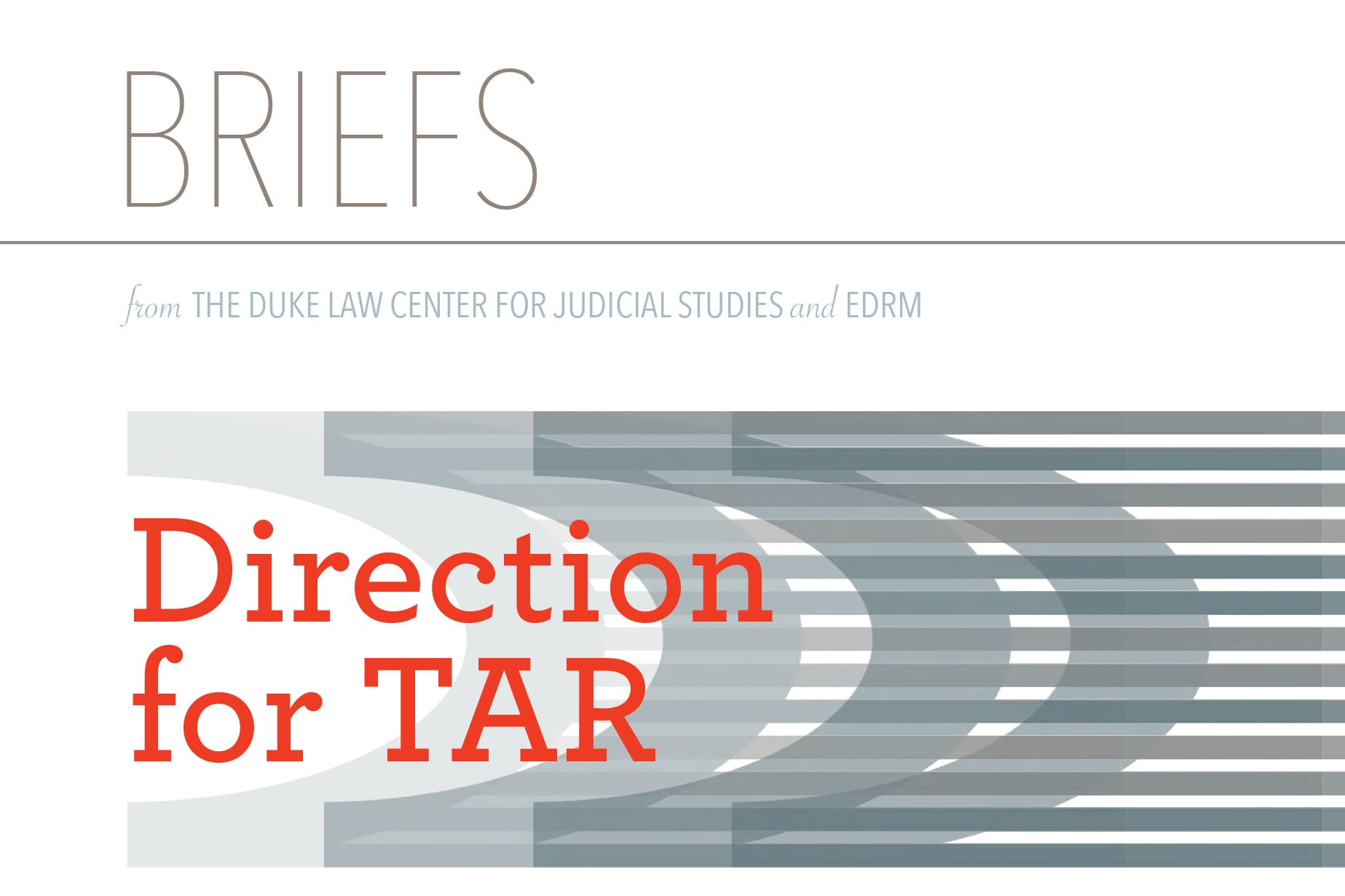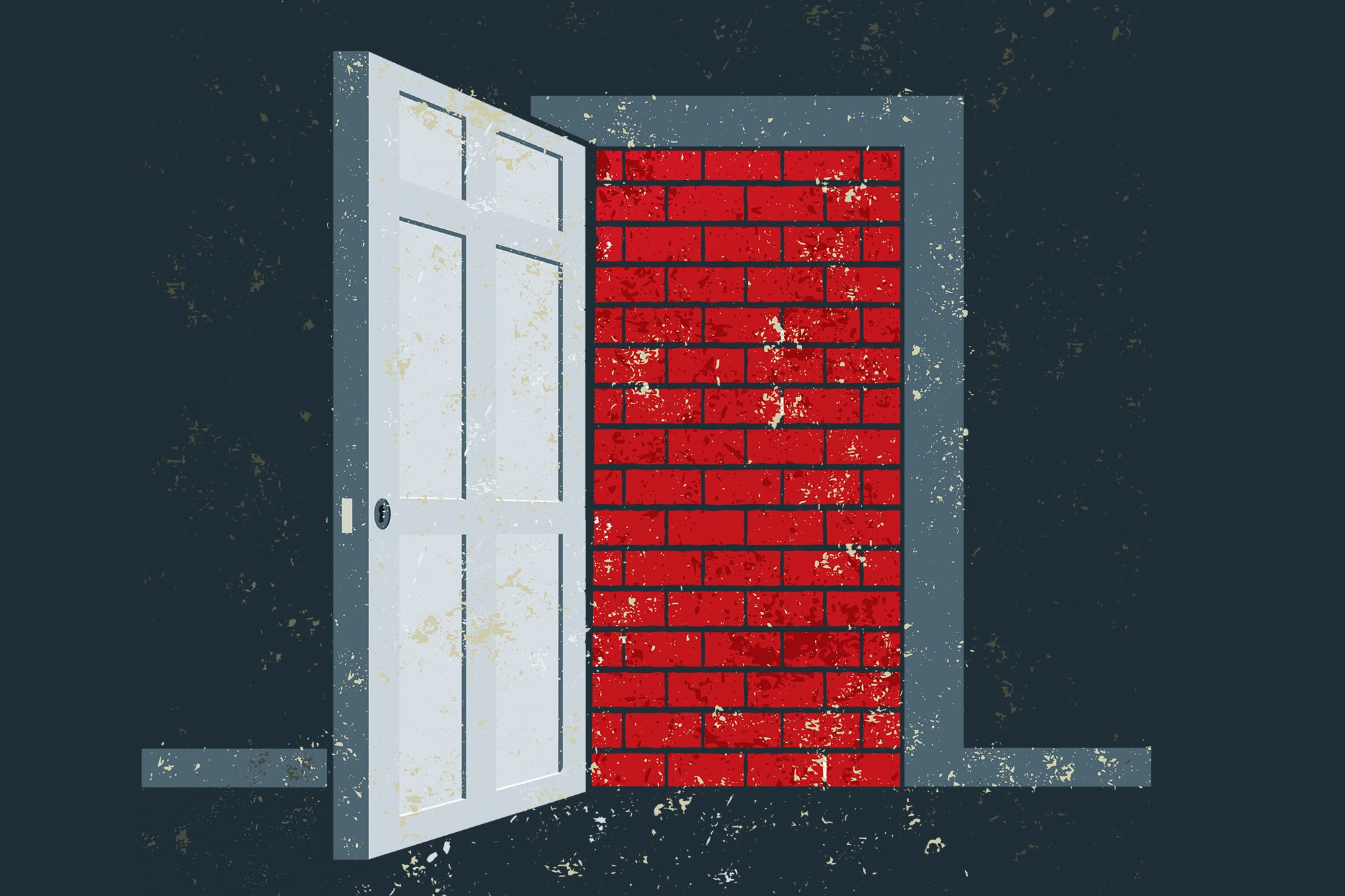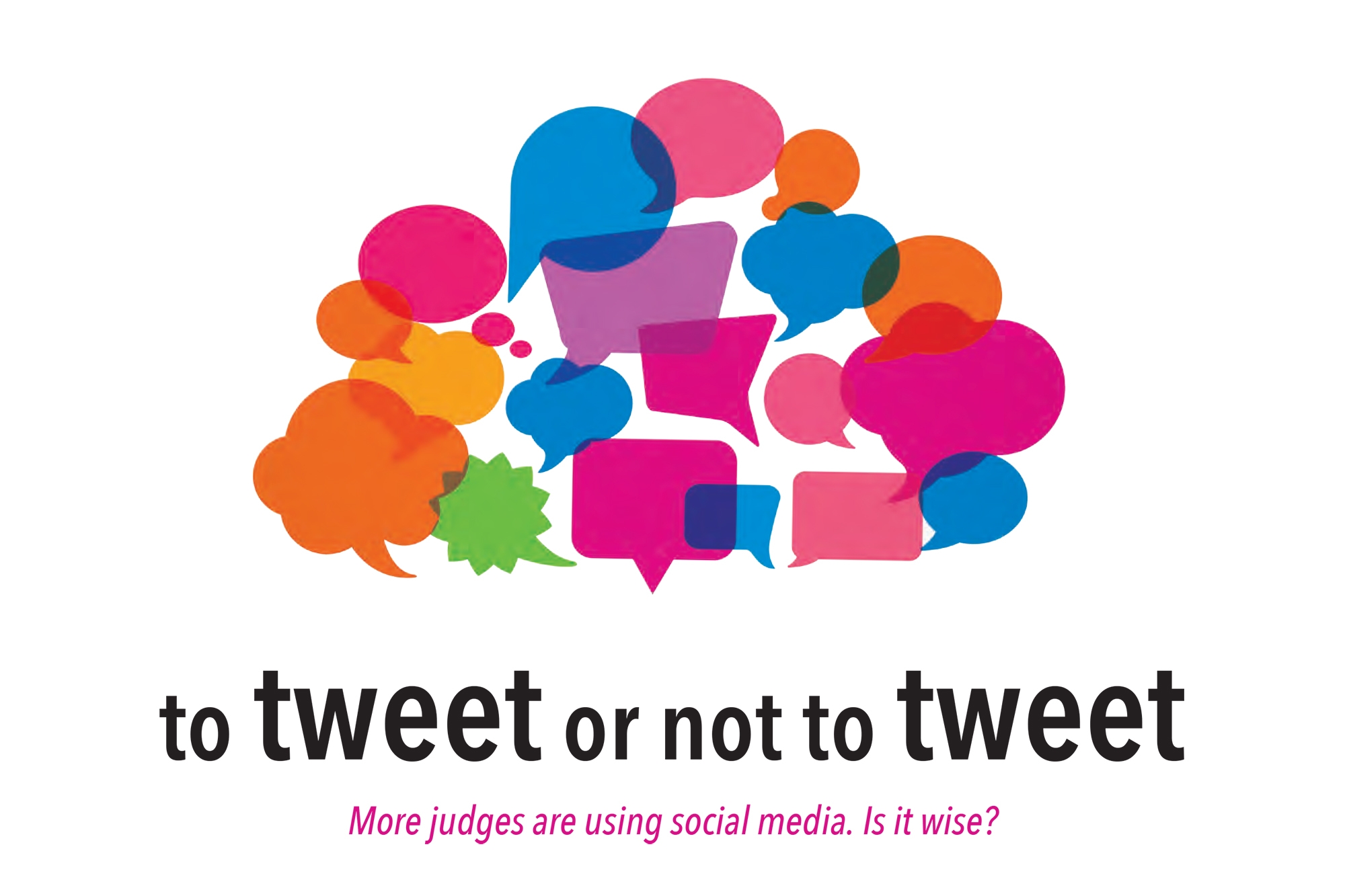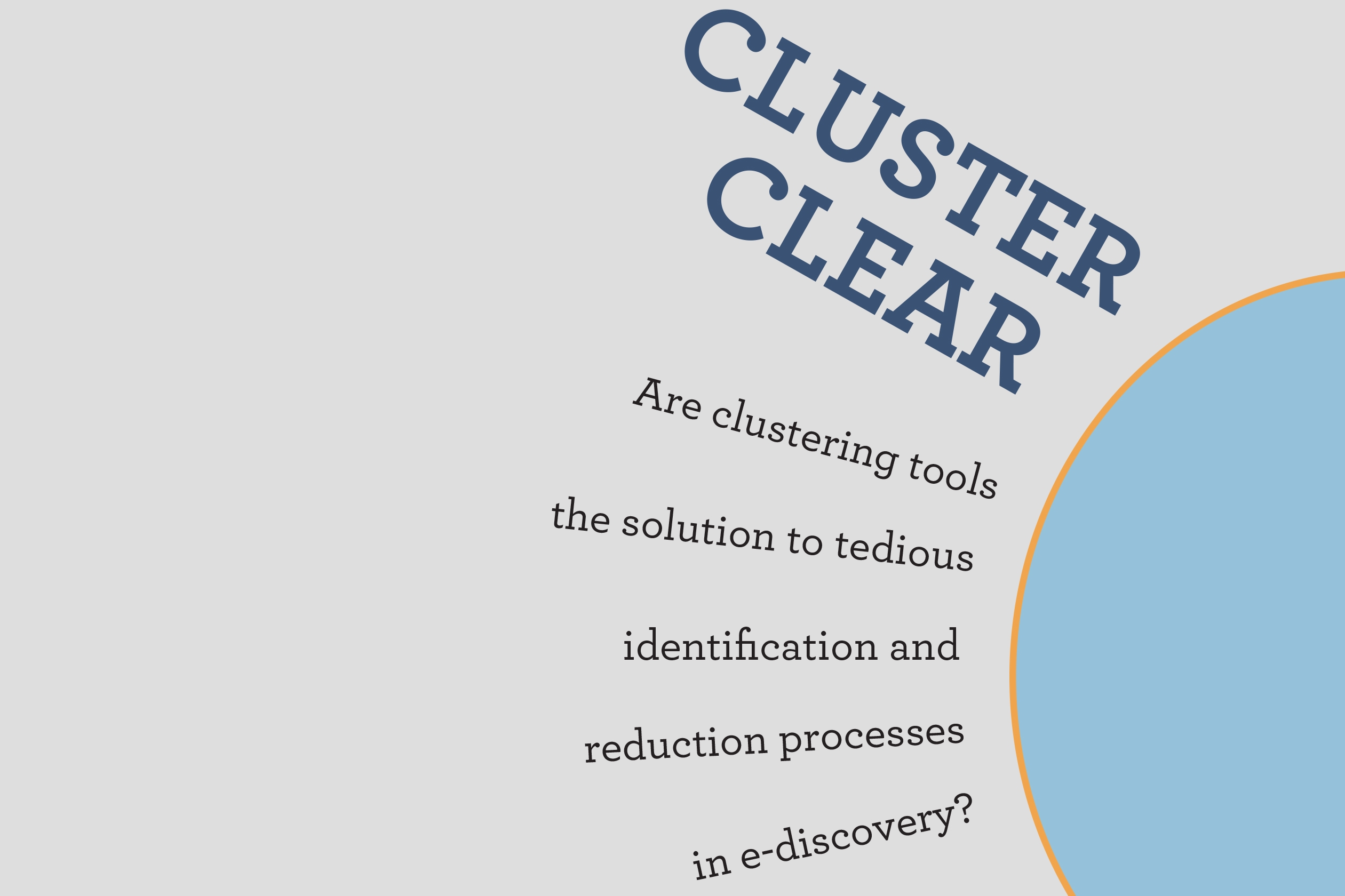 Briefs
Briefs
An organization that develops models and standards for electronic discovery has set its sights on developing guidance on technology assisted review (TAR) – a process that involves using machine learning […]
 Briefs
Briefs
On July 20, 1999, Congress enacted the “Y2K Act” (Pub. L. No. 106-37) to limit potential litigation caused by computer date-change problems brought on by the year 2000. Many feared […]
 Perspective
Perspective
The Supreme Court’s October Term 2016 was unusual because from the first Monday in October until the April argument calendar, there were only eight justices on the bench. This affected […]
 Point/Counterpoint
Point/Counterpoint
by Barbara Berenson and Douglas Nazarian
Vol. 101 No. 4 (2017) | Equal opportunity?Social media applications have become ubiquitous in modern communication. But the use of these applications presents unique challenges for judges, who are not only judicial officers but also parents, community […]
 Feature
Feature
by George Socha, Adam Strayer and Heena Shaikh
Vol. 101 No. 4 (2017) | Equal opportunity?Frontrunners in the costly game of e-discovery have begun to distinguish themselves by using data analytics in creative and effective ways to tackle the critical tasks of identifying key evidence, unearthing […]
 Feature
Feature
by George Socha
Vol. 101 No. 3 (2017) | Bold and Persistent Reform“Artificial Intelligence in the Law” should be the tagline for what’s next in legal technology, if coverage in the legal press is any guide. Lawyers and vendors alike are extolling […]
 Feature
Feature
by George Socha
Vol. 101 No. 2 (2017) | Can science save justice?The legal technology press is replete with articles touting the advantages of Technology Assisted Review (TAR), mostly as a way to streamline the review of electronically stored information (ESI) and […]